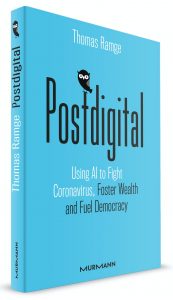
In 2018 the renowned scientific journal science broke a story that researchers had re-engineered the commercial criminal risk assessment software COMPAS with a simple logistic regression (Science: The accuracy, fairness, and limits of predicting recidivism).
According to this article, COMPAS uses 137 features, the authors just used two. In this post, I will up the ante by showing you how to achieve similar results using just one simple rule based on only one feature which is found automatically in no-time by the OneR package, so read on!
Continue reading “Recidivism: Identifying the Most Important Predictors for Re-offending with OneR”



 One of my starting points into quantitative finance was Bernie Madoff’s fund. Back then because Bernie was in desperate need of money to keep his Ponzi scheme running there existed several so-called feeder funds.
One of my starting points into quantitative finance was Bernie Madoff’s fund. Back then because Bernie was in desperate need of money to keep his Ponzi scheme running there existed several so-called feeder funds.  We are honoured to present to you an exclusive excerpt from digital thought leader and bestselling author Thomas Ramge’s new book
We are honoured to present to you an exclusive excerpt from digital thought leader and bestselling author Thomas Ramge’s new book 


 It is such a beautiful day outside, lot’s of sunshine, spring at last… and we are now basically all grounded and sitting here, waiting to get sick.
It is such a beautiful day outside, lot’s of sunshine, spring at last… and we are now basically all grounded and sitting here, waiting to get sick.